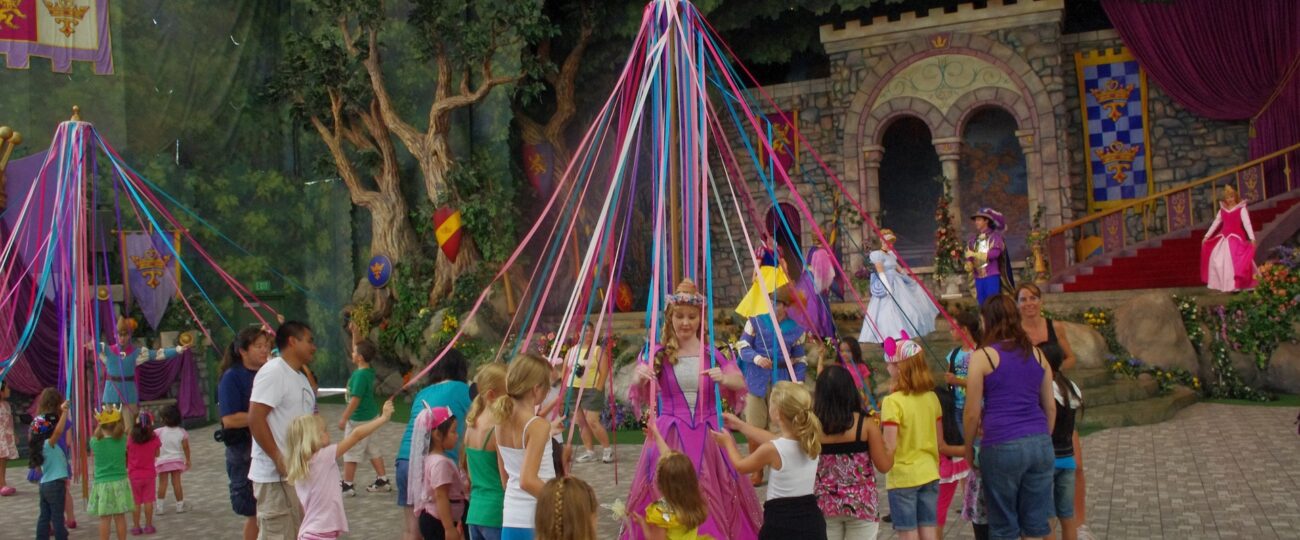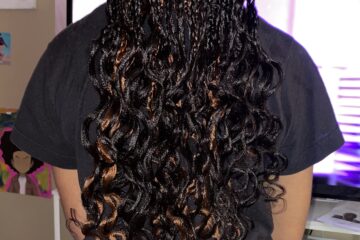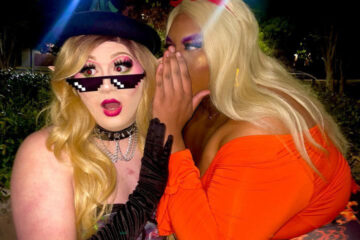With the first Disney princess being Snow White and the most recent being Moana, the franchise has changed the plots of its movies tremendously over the years. However, its plots have long been criticised for promoting the damsel in distress trope, along with unrealistic beauty standards.
In the Disney Princess Universe, there are three eras. The first era, also known as the “Classics Era,” consists of the films “Snow White” (1937), “Cinderella” (1950) and “Sleeping Beauty” (1959).
“True love’s kiss” and “happily ever after” are phrases often repeated in the “Classics Era” where the princesses adhere to the social norms and standards of their time. From Snow White’s ability to stay home while cooking and cleaning for her seven dwarves, Cinderella’s theme of waiting for her prince charming to come save her and a non consensual kiss from prince phillip to Aurora, the early Disney films portray a slew of often overlooked instances that perpetuate problematic norms for young viewers.
“Their lives are only complete when a prince comes to save them. Although there is no issue with beauty, kindness, or relationships, the inherent problem is that these movies convey the message that all girls should only be pretty and codependent,” claims www.voicesofgenz.com
While the first few Disney princesses in the “Classic Era” resemble misogynistic stereotypes of women, the following era exhibited slight changes in the protagonists’ character development.
The “Renaissance Era” is the second era that showcases the films: “The Little Mermaid” (1989), “Beauty and the Beast” (1991), “Aladdin” (1992), “Pocahontas” (1995) and “Mulan” (1998).
The princesses from the second era have strong characteristics that contribute to a rebellious nature.
While Ariel leaves the sea and loses her voice in order to sprout legs and spend time with Prince Eric, Belle falls in love with her captor after giving up her freedom for her father.
Jasmine, a supporting character in her own film, escapes the palace and disguises herself as a peasant in order to be with Aladdin. And in a highly insensitive and inaccurate “Pocahontas,” the princess falls in love with “explorer” John Smith and puts her life at risk to protect him.
Made with the intent of depicting female characters in a more dynamic and rebellious fashion, Disney missed the mark during its second era in which the protagonists stories were still centered on their male counterparts.
“Mulan” was released during the third wave of feminism and noticeably pushed the envelope in terms of gender stereotypes.
“The song, ‘I’ll Make a Man Out of You,’ strongly reinforces stereotypical male traits, while, ‘A Girl Worth Fighting For,’ highlights feminine traits. On the other hand, queer theorists praise ‘Mulan’ because the film confirms that gender is simply a bodily performance by showing viewers that gender is teachable,” Julliane Fung wrote in “Feminist Queer Analysis of Disney’s Mulan.”
Mulan disguises herself as a man to join the army and save her father’s life, and her love interest, Li Shang, is only a mere subplot. The film overall exuded the feeling of female empowerment compared to previous films.
While the “Renaissance Era” was an improvement on the “Classics Era” of Disney Princess films, the franchise still had not evolved from having female protagonists depend on supporting male characters.
“Men speak 68% of the time in “The Little Mermaid”, 71% of the time in “Beauty and the Beast”, 90% of the time in “Aladdin”, 76% of the time in “Pocahontas” and 77% of the time in “Mulan” (Mulan herself was counted as a woman, even when she was impersonating a man),” according to washingtonpost.com
The third era is the “New Age Era” which includes “The Princess and the Frog” (2009), “Tangled” (2010), “Frozen” (2013) and “Moana” (2016).
While many misogynistic tropes came back in Disney’s first Black princess movie, “The Princess and the Frog,” New Orleans native Tiana works in a restaurant cooking and cleaning until she kisses a frog and consequently turns into one. She hops around as an amphibian for most of the movie but eventually turns back into a human, marries Prince Naveen, and gets her own big beautiful restaurant in the end.
Audiences saw significant changes to both animation and awareness of the whole “damsel in distress” and “waiting for a prince” tropes after the release of “The Princess and the Frog.”
Disney spins the tale as old as time, “Rapunzel” into a modern story starting with the gender neutral name, “Tangled.” Rapunzel joins an intruder, Flynn Rider, also known as Eugene Fitzherbert, on a journey after 18 years of being confined by Mother Gothel who kidnapped her as a baby. In the end, Rapunzel is reunited with her parents and marries Eugene.
“Yes, Rapunzel spends plenty of her time in captivity doing traditional, domestic chores like baking and cleaning, but she’s also incredibly well-read and well-rounded: she plays chess, studies astronomy to map the stars, and even learns ventriloquy. She also proves to be quick-witted and resourceful, using her hair to incapacitate other characters on multiple occasions,” according to oneroomwithaview.com
“Frozen” is vastly different from previous films as it centers on the story of two sisters, Anna and Elsa, separated from each other at a young age. They learn the importance of love and family after a humorous yet dangerous and mystical journey to end winter.
While Moana’s story is set in Motunui and is based on Polynesian culture and heritage, its filmmakers were keen on depicting Polynesian culture accurately as many Polyneisan voice actors were featured on the cast.
In “Moana,” the protagonist defies her father’s wishes to sail across the ocean in order to restore the Heart of Te Fiti. Unlike her predecessors, the protagonist is determined to find her own way with the help of Maui, a friend and mentor like character, keeping the movie free of a love interest plotline.
“Because, as Hollywood is starting to realise, when a girl is saving the world, she doesn’t need to fall in love with every man that walks onto screen. Axing the romance plotline is a significant step for Disney scriptwriters. Up until ‘Moana,’ a marriage, or at least a romance, was mandatory for Disney Princesses,” according to filminquiry.com
As the world has evolved, so has the world of Disney films. In “Ralph Breaks the Internet,” unofficial Disney princess Vanellope Von Schweetz seeks advice from past Disney princesses. In the scene, many characters exhibit self awareness of the negative tropes associated with them.
“No matter how great and iconic all the princesses were and are, you see how Disney has kind of grown and changed and become more inclusive and reflects more our world. It’s why they’re not a relic or dated, because they’re always evolving,” Sarah Silverman, voice actor of Vanellope told usatoday.com




